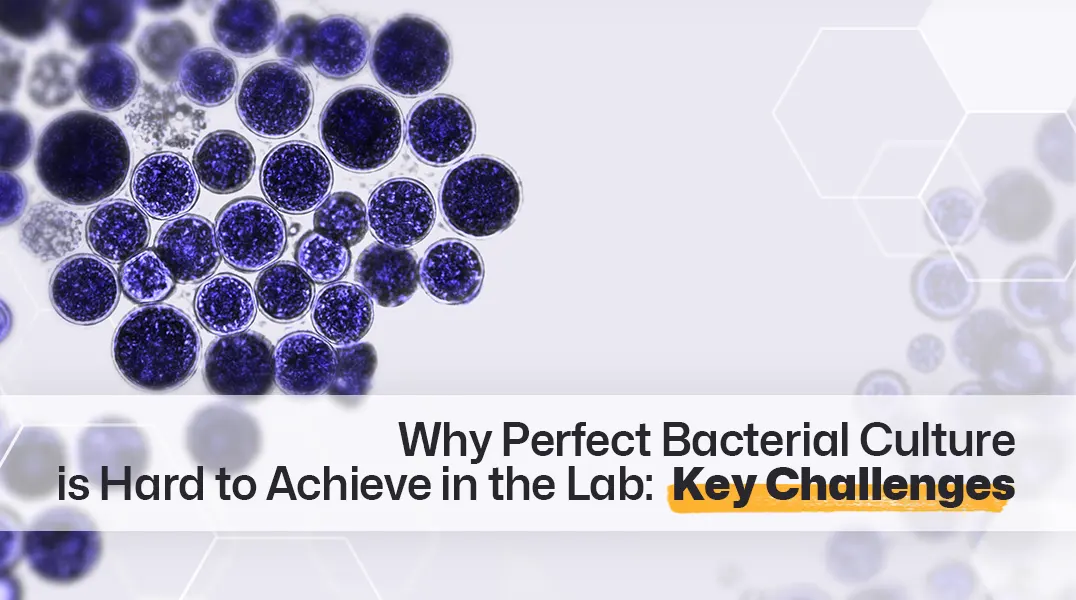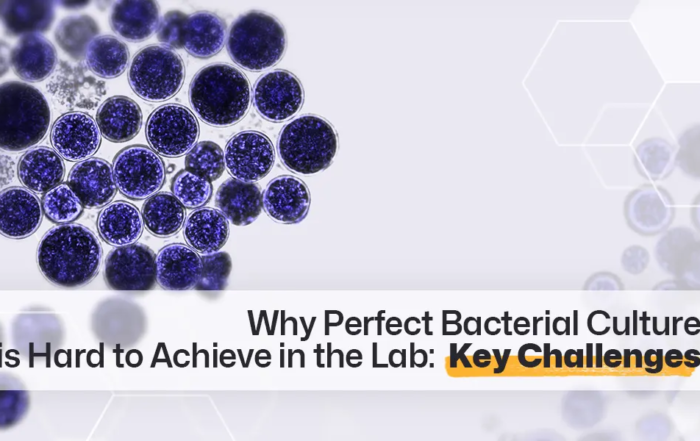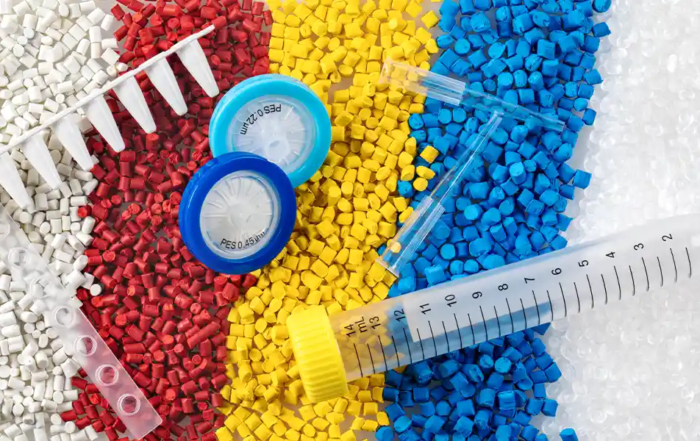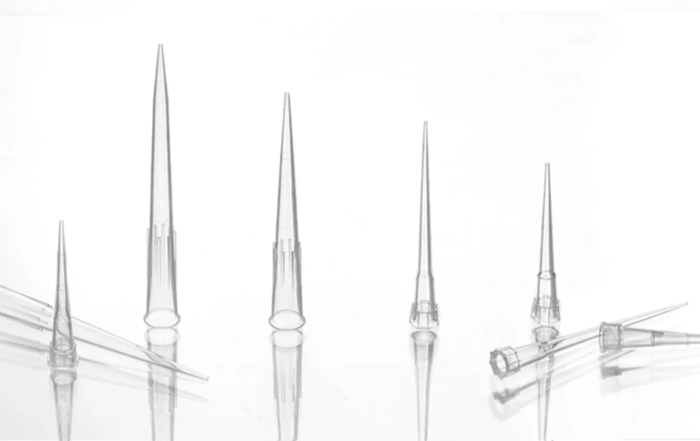Table of Content
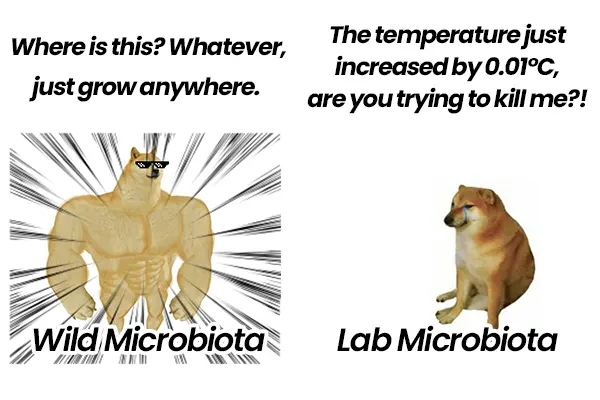
The Complexity of Natural Microbial Communities
Microbial Diversity
Microbial Diversity
Microbial Interactions
Microbial Interactions
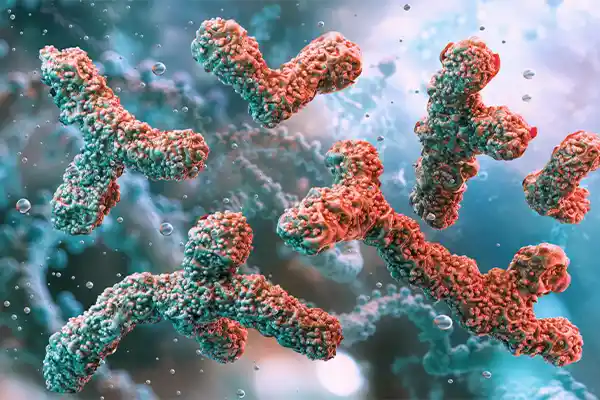
Challenges in Laboratory Replication
Challenges in Laboratory Replication
Limitations of Growth Media
Nutrient Composition
Nutrient Composition
Static Conditions vs. Dynamic Nutrients
Static Conditions vs. Dynamic Nutrients
Environmental Control Challenges
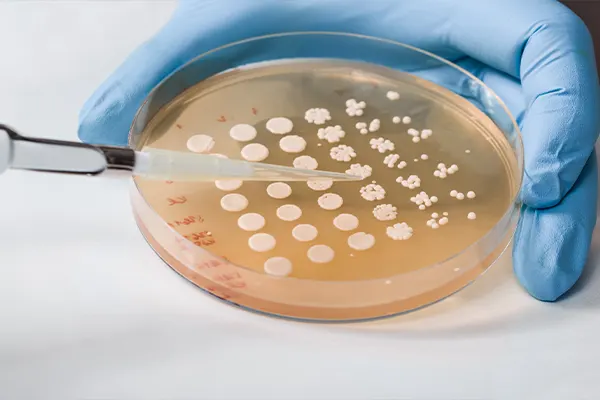
Oxygen Gradients
Temperature and pH Dynamics
In conclusion, while laboratory control of environmental factors such as oxygen, temperature, and pH is essential for studying bacteria, these static parameters fall short of replicating the dynamic and heterogeneous conditions of natural ecosystems. The inability to mimic such variations limits the cultivation and understanding of many bacterial species, particularly those adapted to fluctuating environments. Recognizing these limitations is a critical step toward developing more sophisticated cultivation techniques that better capture the complexity of natural microbial habitats.
Emerging Technologies and Solutions
Co-Culture Systems
Co-Culture Systems
Microfluidic Technology
Microfluidic Technology
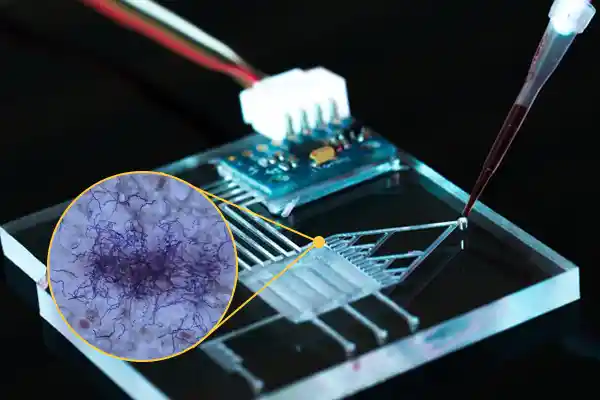
Metagenomics and Synthetic Communities
Metagenomics and Synthetic Communities
Conclusion
Growing perfect bacterial flora in the lab is challenging due to the immense complexity of natural microbial communities, limitations in traditional growth media, and the difficulty of replicating dynamic environmental conditions. However, emerging technologies like co-culture systems, microfluidics, and metagenomics offer promising solutions to overcome these barriers.
By improving our ability to cultivate diverse bacterial species and simulate natural ecosystems, researchers can unlock valuable insights into microbial ecology, human health, and environmental science. The pursuit of perfect bacterial flora may remain difficult, but ongoing innovations are bringing us closer to this goal.
Recent Posts
Why Perfect Bacterial Culture is Hard to Achieve in the Lab: Key Challenges
There's a running joke in biology labs: You can see bacteria everywhere except in the petri dish. There are also many similar bacterial culture memes online. Obviously, cultivating a “perfect” bacterial flora—a diverse, balanced, [...]
How to choose lab plastic consumables? A complete analysis of material characteristics and application scenarios
What is the most common material in the laboratory? The answer is often "plastic". Plastics are indispensable in modern laboratories, playing a crucial role in ensuring the efficiency, safety, and precision of various scientific processes. [...]
The Ultimate Guide to Pipette Tips
Welcome to the Ultimate Guide to Pipette Tips—your comprehensive resource for everything you need to know about these indispensable laboratory tools! Whether you're new to the lab or a seasoned scientist, understanding pipette tips [...]
